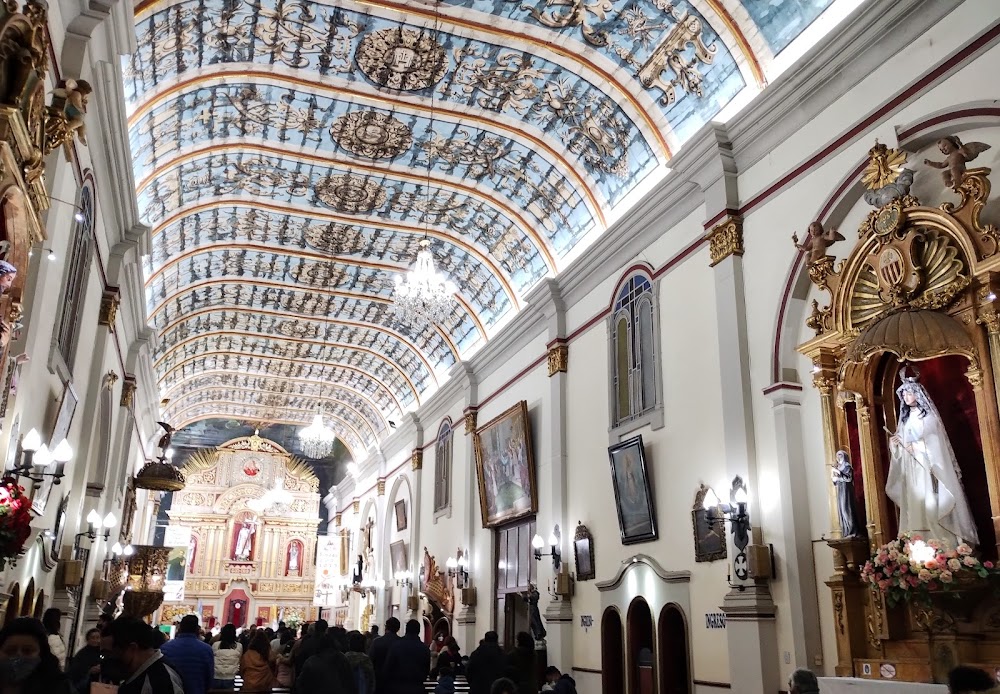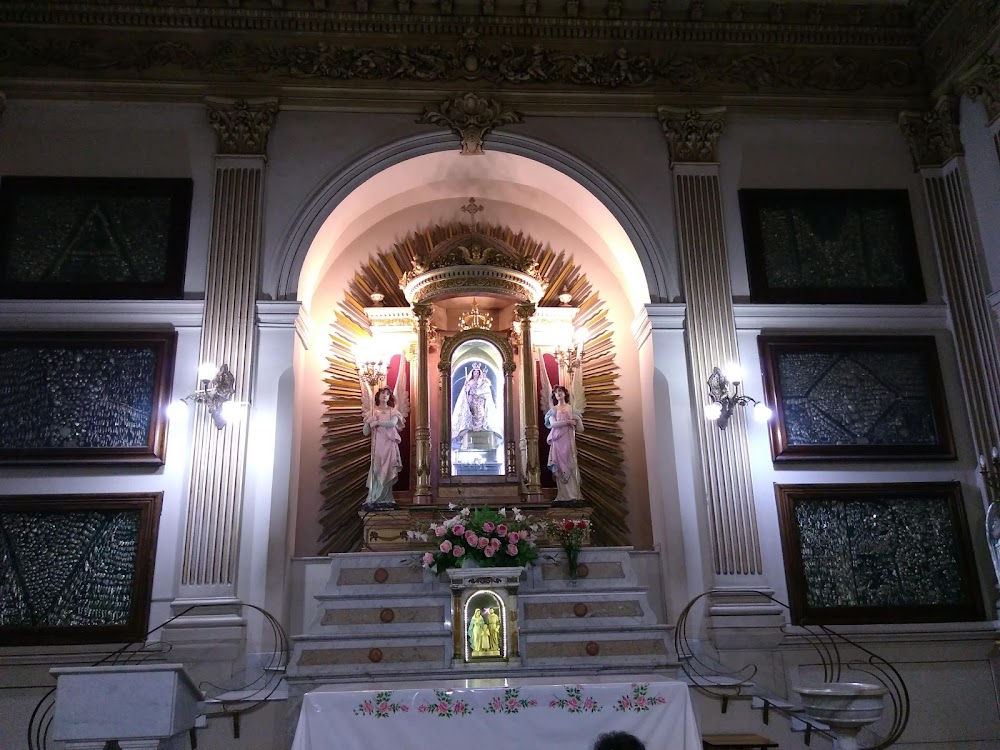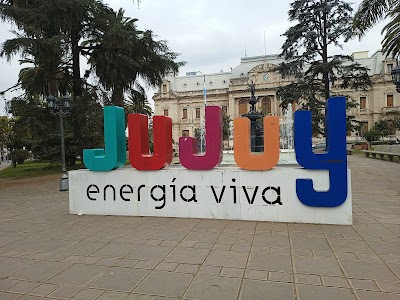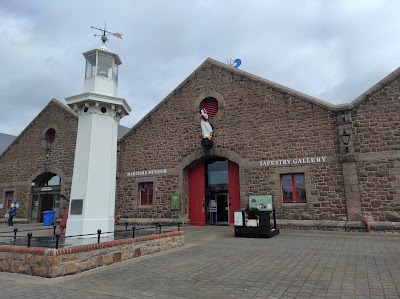San Salvador de Jujuy Cathedral (Catedral de San Salvador de Jujuy)
Overview
The Cathedral Basilica of the Holy Saviour, known locally as the San Salvador de Jujuy Cathedral, is a stunning architectural gem nestled in the heart of San Salvador de Jujuy, Argentina. Its rich history is a narrative of devotion and evolving artistry that dates back to the mid-17th century.
The cathedral's origins trace back to 1643, when it was first built as a modest adobe structure. As the city expanded and its congregation grew, the need for a more impressive and durable building became evident. By the late 18th century, the decision was made to erect a new cathedral that would echo the region's deep-rooted Catholic faith and significance.
Construction on the current cathedral commenced around 1761, spanning several decades. Influenced by Spanish colonial architecture, master builders skillfully blended local craftsmanship and materials to create this remarkable structure. One of the cathedral's standout features is its use of locally sourced stone, which not only enhances its unique appearance but also establishes a connection to the surrounding landscape.
Designed primarily in the Baroque style, the cathedral boasts intricate decorative elements both inside and out. Its facade is adorned with detailed carvings and supports a prominent clock tower, a beloved city landmark. The elegant bell tower, added later, further elevates the cathedral's majestic presence.
Inside, visitors are greeted by an equally impressive sight. A stunning altarpiece, intricately carved from wood and embellished with gold leaf, serves as the focal point of the interior. This altarpiece, featuring rich Baroque details, is regarded as one of the finest examples of religious art in the region. The main altar is dedicated to the Holy Saviour and is flanked by side chapels honoring various saints, each richly adorned.
One of the cathedral's most extraordinary features is its collection of colonial paintings and sculptures. Created mainly by indigenous artists under the guidance of Spanish missionaries, these artworks blend European techniques with local traditions, resulting in unique pieces that hold immense historical and cultural significance.
Over the years, the cathedral has undergone numerous renovations and restorations to preserve its structural integrity and artistic treasures. A notable restoration took place in the late 19th century, involving major repairs and enhancements that have allowed the cathedral to thrive into the modern era.
The San Salvador de Jujuy Cathedral stands as a symbol of resilience, having witnessed pivotal historical moments, including Argentina's struggle for independence. Beyond its role as a religious center, it has served as a venue for political gatherings and social events, playing a vital role in shaping the region's history.
Today, the cathedral remains a cornerstone of Jujuy's cultural and spiritual life. It attracts visitors from around the globe who come to admire its historical significance and architectural beauty. Regular masses, special celebrations, and community events continue to be held within its sacred walls, reinforcing its status as a living emblem of faith and heritage in Argentina.
In essence, the Cathedral Basilica of the Holy Saviour is more than just a house of worship; it stands as a testament to the dedication and craftsmanship of those who built and maintained it throughout the centuries. Its blend of architectural grandeur, artistic heritage, and historical importance makes it a cherished landmark in San Salvador de Jujuy.









